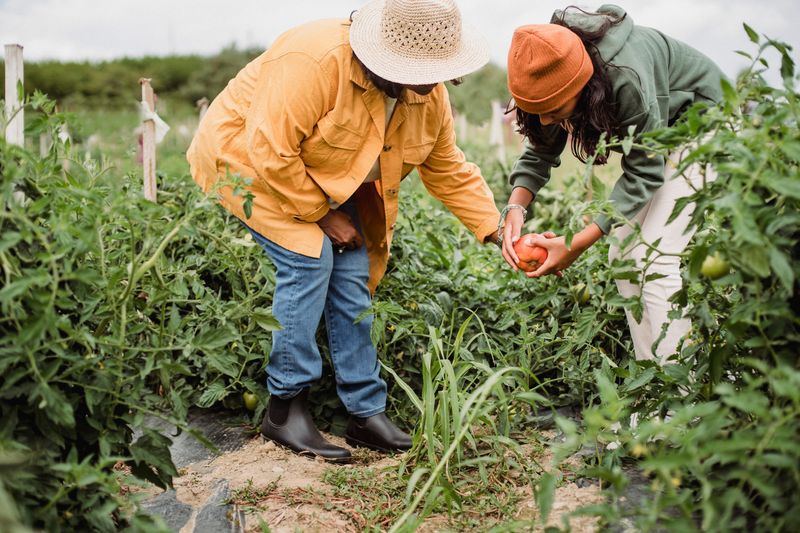Table of Contents
US Lawmakers Move to Protect Child Farmworkers
On June 12th, 2023, Congress members in the United States introduced legislation to combat the pressing issue of child labor on US farms. This comes at a time when the number of child workers in the country is increasing rapidly. Despite agriculture being the deadliest industry for child workers in the US, the country’s labor law permits children as young as 12 to work legally on farms of any size for unlimited hours, considering they do not miss school. This law must change, especially for children whose families are dependent on agriculture and are vulnerable to the industry’s hazards and low wages.
Gaps in US Labor Law
The minimum employment age and the minimum ages for hazardous work for children working in agriculture are not compatible with the regulations imposed in other sectors. Children aged 14 and 15 can only work for limited hours in certain jobs, whereas in agriculture, there are no limits on the same age group at any time or place. Moreover, children in agriculture can work on hazardous tasks from the age of 16, while other industrial sectors only allow workers aged 18 to handle dangerous work. These weak protections disproportionately target Latinx children and families.
Proposed Legislation to Tackle the Issue
The proposed Children’s Act for Responsible Employment and Farm Safety (CARE) and the Children Don’t Belong on Tobacco Farms Act are two bills that would close the gaps in the existing law. The CARE act would extend the same workplace protections, established for all other working children, to child farmworkers. It would set both a minimum employment age and the minimum working age for hazardous work at 14 and 18, respectively. The second bill’s aim is to ban the hiring of children under 18 in tobacco farms, where working with tobacco leaves exposes children to acute nicotine poisoning.
The Significance of Strengthening Federal Labor Law
The Congressional efforts to improve federal labor laws coincide with various states attempting to reduce child labor protections. Such policies can be fatal to children’s health and safety, making the need for nationwide protection more critical than ever. Strengthening labor laws is only one solution, but it is an essential part of ending child labor – a horrific, unseen threat to the rights and well-being of millions of children worldwide. Additionally, higher wages and social protection programs, which can shield children from hazardous working conditions and extreme poverty, are just as important.
Conclusion
Children are not a disposable resource; they are the hope of the future. We must provide them with a safe and prosperous environment so that they can thrive. Congress’s actions today will go a long way in protecting these children from harm. As a nation founded on fundamental principles of justice and fair play, it’s our responsibility to ensure that child labor is eradicated from our collective history and has no place in our future.

<< photo by Zen Chung >>